Challenger brands know what it means to sweat. For underdogs, constantly fighting against companies with more money, more resources, more people, and more pull, you don’t have to explain what heavy lifting means. They understand pushing to exhaustion. Going longer, harder, and faster than they knew they could. Leaving it all on the floor. From the teams working membership and operations to the trainers and those doing branding, when you’re a fitness industry challenger, every day is an all-out workout. Who knew that a global pandemic would redefine what that meant for all of us?
Covid-19 And The Lost Year Of 2020.
There isn’t a business sector in America that wasn’t heavily impacted by COVID-19 and the pandemic’s aftereffects. But few, if any, find themselves as transformed as the fitness industry. Consider these sobering statistics from The Global Health & Fitness Association:
By the end of 2020:
• 17% of clubs permanently closed
• Industry revenue fell by 58% relative to 2019 sales
• 44% of the fitness industry workforce lost jobs
• By the spring of 2020, 300 million Americans were without access to a fitness center
No matter how big or how strong a fitness organization was in 2019, by the time they reached the spring of 2020, everyone had become a challenger brand fighting to survive. With the country in lockdown, gym membership plummeted along with revenue, jobs, and any semblance of normal. Even worse, there was no telling when gyms and fitness centers would return to business as usual. Of course, now we know — there was no going back to business as usual. For many, that turned out to be the cruelest part of the pandemic. But ironically, for those with the heart of a challenger brand, it also presented them with their greatest opportunity.
My New Gym Is Wherever I Want It.
As people continue trying to avoid COVID while still living their lives, some very real post-pandemic behaviors have started to emerge. Each one confirms one seismic truth — the consumer is now calling the shots and not just where gyms are concerned.
When people were forbidden to dine inside restaurants, the food industry shifted to curbside pickup. Then double drive-thru lanes and half a dozen kinds of delivery. Now that dine-in is once again available, many people have returned to eating at their favorite restaurants. But many have stuck with the new behaviors they grooved during lockdown and continue to prefer picking up their food, or having it delivered.
In fact, the new behaviors are so dramatic, Fast Casual chains like Shake Shack and Chipotle have announced plans to add drive-thru lanes to their concepts while QSR stalwart McDonald’s is spending upward of $300 million on AI to improve its own. What does that have to do with the fitness industry? A lot more than you might think.







